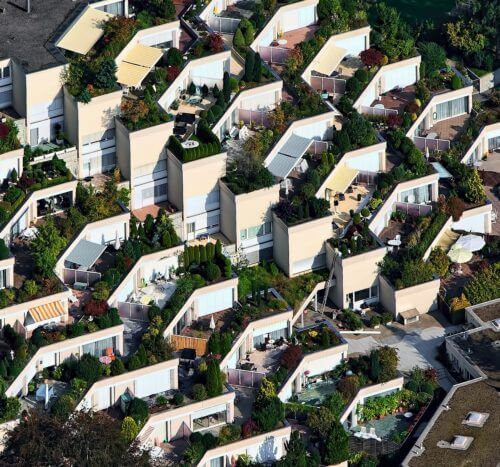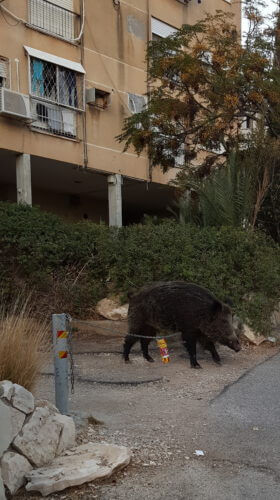It turns out that the difference exists because of the availability of water, since in arid areas the wealthier invest in water facilities such as pools, fountains and watering gardens. Alternatively, in arid areas, the rich neighborhoods will be located in more expensive areas, near the lake, river or other bodies of water. That is, the effect of luxury is driven by the availability of water

In a unique worldwide study carried out by teams from the Universities of Turin (Italy), Witwaterstrand (DRAP), and the Center for Ecological Research in Hungary and published in "Global", it was found that in different cities in resistant and rich neighborhoods there is a richer and greater biological diversity compared to poor neighborhoods in the same cities. The researchers called the resulting pattern the "luxury effect". The fact that the phenomenon is more pronounced in arid areas gave the researchers a clue to understanding the phenomenon and perhaps also the possibility of changing the situation.
To confirm the initial conclusion, the researchers collected close to a hundred different studies conducted in different cities in different regions around the world. It was found that the biodiversity including birds, reptiles, insects and plants is greater in wealthy neighborhoods in the city.
The increase was more pronounced and significant in arid areas and almost disappeared in cities where there is a lot of rain. It turns out that the difference exists because of the availability of water, since in arid areas the wealthier invest in water facilities such as pools, fountains and watering gardens. Alternatively, in arid areas, the rich neighborhoods will be located in more expensive areas, near the lake, river or other bodies of water. That is, the effect of luxury is driven by the availability of water.
It was found that the general wealth of a country has no effect on the reality or lack thereof of the affluence effect, that is, in both poor and rich countries the biological diversity will be greater in the affluent neighborhoods.
The leader of the study says that: "The study shows that wealthy people have better access to biodiversity in cities. The importance of the findings stems from the fact that although biodiversity is a key component of the quality of urban life, it is not equally distributed in society. Considering the possibility that climate change will cause more dryness in many cities in the future, the inequality will be emphasized even more."
Another researcher says: "Extreme inequality and arid conditions increase the environmental injustice created by the influence of luxury severely. Understanding the factors that lead to the production of the pattern of the effect of luxury will make it possible to manage cities in the future with more fairness and justice."
The researchers hope that the findings will assist in the management of urban areas in a fair manner that will ensure the benefit of urban biodiversity for rich and poor alike.
It is worth emphasizing the fact that researchers see rich urban biodiversity as a positive and beneficial phenomenon that deserves to be nurtured and preserved, but do not specify what level or size of diversity would be positive and when it would become offensive. For example, are macaque monkeys in cities in India or wild pigs in Haifa a positive phenomenon? (A.R.)
So far the results of one study and the question arises, what is our place in the story? When people who hold animals dear to their hearts feed wild animals on the outskirts of the cities - jackals, hyenas, pigs and more, enjoy the feeding and invade the cities. When you build a rockery, you create "houses" for rabbits that enjoy the green gardens next to the rockery. When we expand the built-up areas by invading the habitats of wild animals and then claim that the animals are invading the cities.

If in the study cited above the researchers treat biodiversity in cities as a positive phenomenon, why are wild animals in our cities considered invasive and dangerous? What needs to happen in order for the residents of the cities that have "conquered" wild areas to welcome the natural inhabitants of those areas? To what level of tolerance is it appropriate for the human residents to treat the "invaders"? When does an "invading" wild animal become a nuisance that must be eliminated? Who should decide the questions, the residents? Local authority? Nature and Parks Authority?
Regular readers know that my answer is "it is appropriate that instead of controlling the environment for the sake of the human population, there should be control of the human population for the sake of the environment".
More of the topic in Hayadan:
